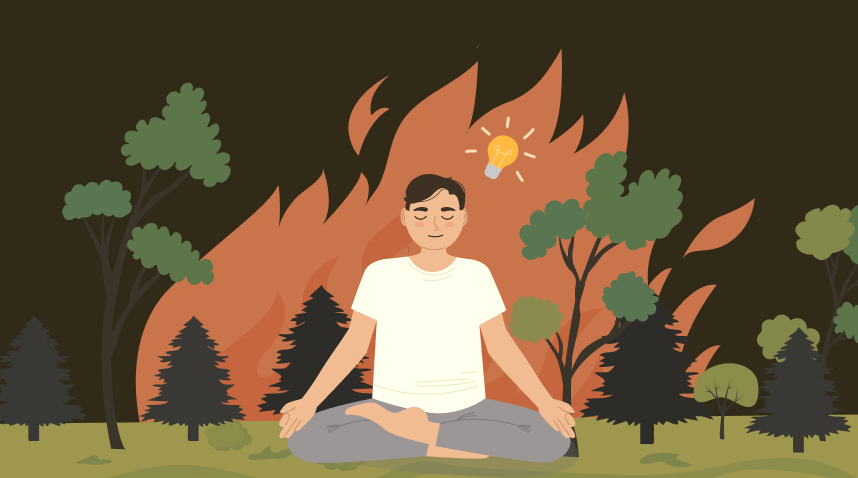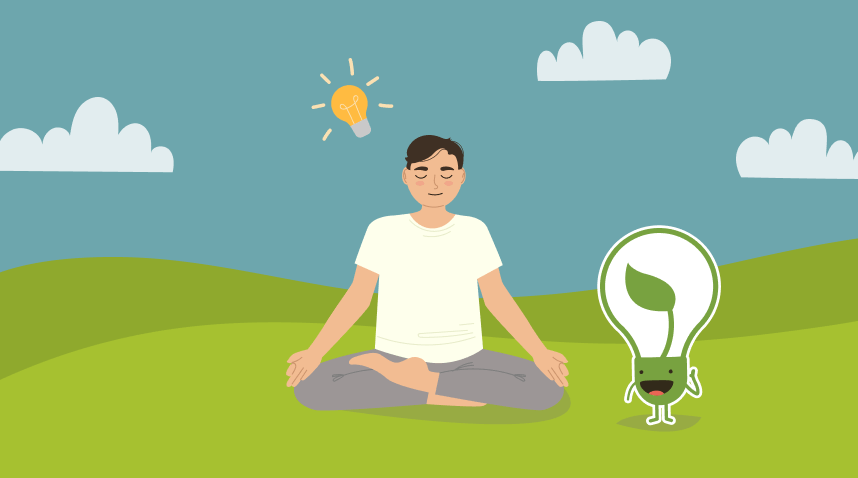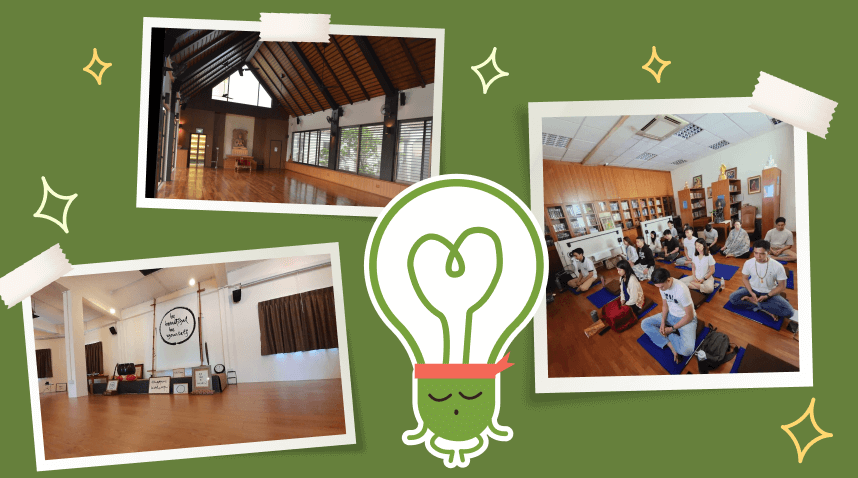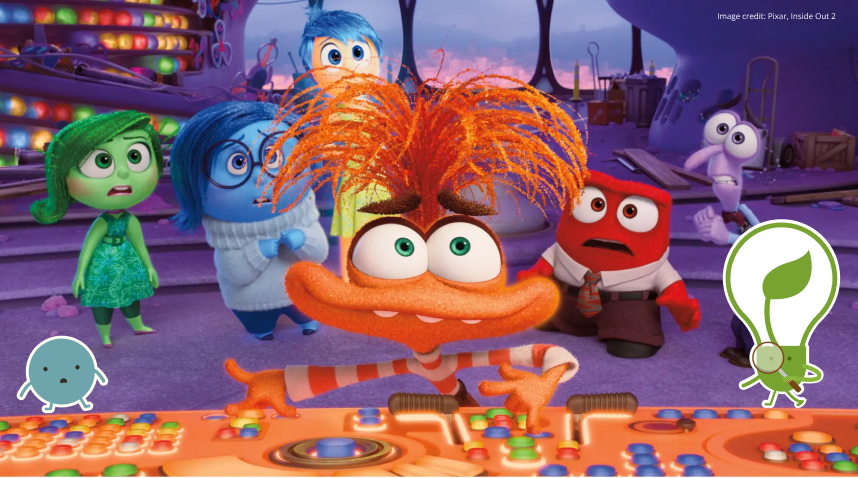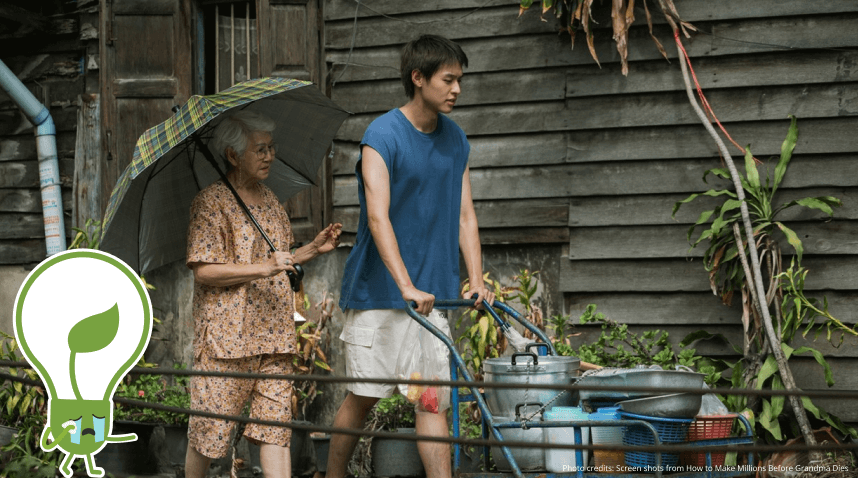Ten Lessons I Learnt from a Two-Month Meditation Retreat Part II (No Preferences, Real Refuge, Bushfires)
Explore profound insights from a meditation retreat and bushfire experience, including lessons on selflessness, behavior, and finding true refuge.

